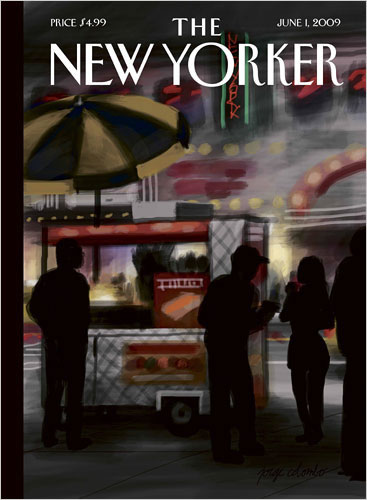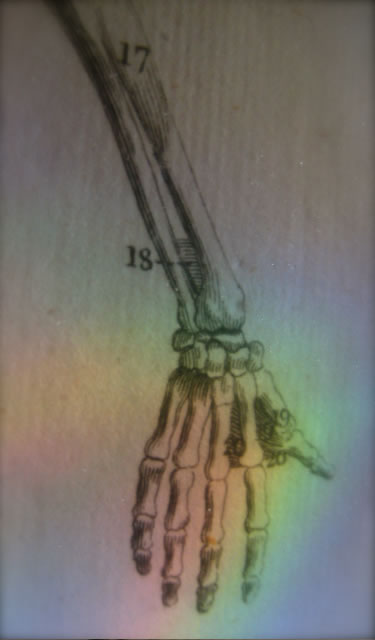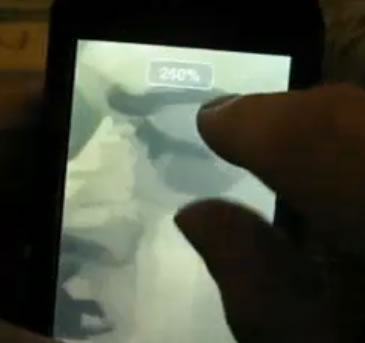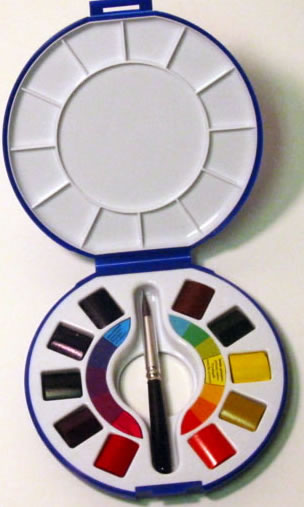
Jorge Colombo | cover illustration, the New Yorker, June 2009
Starting at the beginning, the mouse, the magic, the drawn and the digital.
Of course, really, it all starts here, in drawing — the touch of the fingers, with insight, interpretation and meditation.
Then the hand, the fist, the wrist, the forearm, the shoulder, the neck — all following the sensing (and sensed) image: the mind, the eyes.
It’s a wonderful thing.

When I first connected with Steve Jobs, in the early 80s, is was just about that. “Hey, can you draw with this thing? Come down and check it out?” That thing was the mouse — and Steve — who I’d met at Stanford, was interested in that idea, “how can artists use this tool?”. I did, and it worked. And I kept working with, and for, Steve for the next number of years, off and on. Stories are here.
But the idea of using an iPhone as a miniature sketchpad, (like the classical Victorian artists traveling watercolor kits — a modern exemplar below), kind of like a reversible water color tool — you can “undo” previous work is a remarkable offering — it’s a step in the evolution of the technology. And the results, equally so.
Times pass. The current cover of the New Yorker has been done, this week, with a distant but genetically connected, relative of the Mac and mouse of decades ago. The iPhone. And the Brushes app. To study how the work was done, check out this feature showing the developmental stroke sequences.
Going back in time, through the secession of drawing tools, it does come down to what’s the best for you — digital drawing or “real” drawing, with pen and paper. Or both.

I’m sure that I’ll be quoted on that front — what’s “real” drawing, as opposed to fake drawing (like drawing on a computer might be likened to that…I’ve already paid the price for one remark, decades ago.
In the early years of sketch-based potentials, the idea of drawing digitally was relatively compromised — and what are you losing? A lot, to the notions of touch, brush rasp, lead scrawl, the connection to tool and hand. But what if the hand is your finger — the brush your fingertip?
Jorge Colombo is the classic cover illustrator for New Yorker — a light touch, capturing something of the city, the spirit, the lively cultural vibrancy and intelligence of those that live there — sprinkled with mirth. Colombo’s site offers some of that selfsame New Yorker’s stride. Funny, smart, quick draw. His comments about the work are relatively simple and straightforward, like his film work, authentic like his drawings. The story is told, fast: “I got a phone in the beginning of February, and I immediately got the program so I could entertain myself,” says Colombo, who first published his drawings in The New Yorker in 1994. According to the New Yorker overview, “Colombo has been drawing since he was seven, but he discovered an advantage of digital drawing on a nighttime drive to Vermont.” Colombo offers, “Before, unless I had a flashlight or a miner’s hat, I could not draw in the dark.” There’s another asset — “it also allows him to draw without being noticed; most pedestrians assume he’s checking his e-mail.”
To Colombo’s videos of the painting sequencing, “It looks like I draw everything with supernatural assurance and very fast—it gets rid of all the hesitations.”
There’s a storytelling link to the animation, literally, of the tool and how the layering of the treatments relate to the telling of the unfolding scene. Watching the making of the drawing — and, in reverse, the unmaking of it, allows for a new sense in the procession of the sequence. The story starts here: “Imagine twenty years ago, writing about these people who are sending these letters on their computer.” By finding the playing back of how he created the drawing — the video playback makes him aware that “how he draws a picture can tell a story, and he’s hoping to build suspense as he builds up layers of color and shape.”

When I was younger, in high school, I read the New Yorker; it was a family magazine — and even to this day, it’s a matter of familial sharing; I’ll cut out the sections of the magazine and carry them in my bag as a reference to read when I’ve got tome. My Mother, Lila Girvin and I will explore articles, bouncing ideas back and forth. I believe, as well, that the look and feel of the New Yorker was something that spoke to my design sensibilities: modern, intelligent, classical design, lots of loose drawings, washy color, artful photography, extraordinary essays, cool people. It influenced me. That is, in fact, where I’d met Saul Steinberg, another huge influence.
So the link for me is intriguing — portability, quick draw, reactive, washed colorations, tools. There’s a difference between the idea of the iPhone — and the idea of the porcelain, single brushed tool on some fine, smooth handmade paper — and in that, you can scent the pigments, the cottoned fragrance of the wet stock, and the drawing comes alive.
So real, you can give it away to someone. Right then and there.
What’s the next stroke?
References:
Brushes app | video
NY Times
The Guardian
tsg | NYC
….
